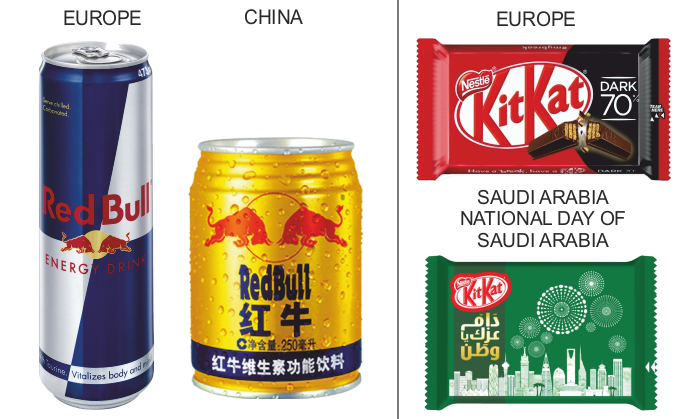| PDF FILE - CLICK HERE FOR PRINTABLE WORKSHEET | |
|
Many companies have developed a sophisticated understanding, of the importance of colours and colour schemes, in different countries. This is often linked directly, to the success or failure of marketing a product. |
|
|
Tartan is a type of cloth which is checkered or cross-barred. A variety of colours are used to produce the patterns. Historically, tartan cloths and patterns, were developed to distinguish different Scottish clans, each clan having its own pattern. |
|
|
Throughout the world, blue it is associated which trust, honesty and strength. This is why Police uniforms tend to be dark blue. |
|
|
Global trade means that companies / manufacturers, carrying out business across the world, must understand that colours are interpreted, in different ways in different cultures. Colours acceptable in one country, may be seen as unacceptable in another. When designing a product or its packaging, designers often produce a variety of designs and colour schemes, to match the preferences of different countries. |
|
| COLOURS AND ADVERTISING IN DIFFERENT COUNTRIES | |
The selection of colours, when advertising / marketing a product in different countries, is extremely important. A colour that has a positive meaning and associations in one culture, may mean something very different to another culture. For instance, white is associated with death and mourning in many Eastern and Asian cultures, where as it has the opposite meaning in Western cultures. Another example is red, which has contrasting meanings and especially to religious groups and faiths. Some colours even have political associations and are found prominent in national flags and political parties. All this must be carefully considered, when designing a product or when advertising / marketing across the world. A deep understanding of cultures is important in all aspects of product design. |
|
 |
|
|
|
|

